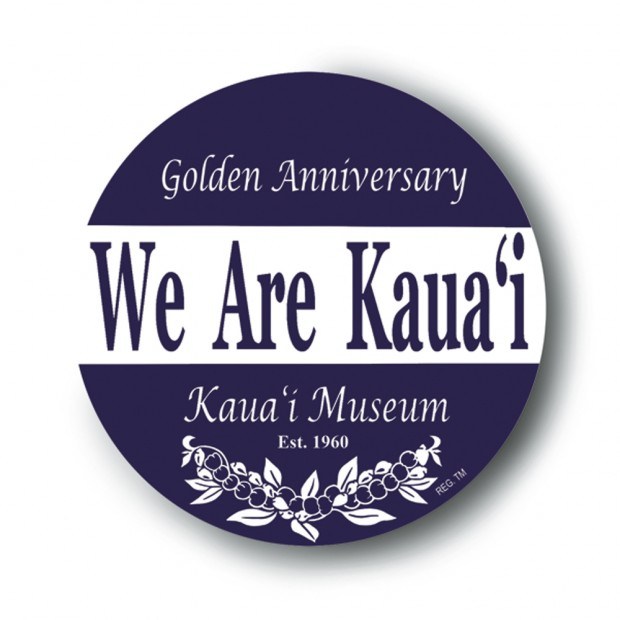LIHU‘E — Koloa became a favorite place for the whaling ships to obtain fresh supplies from the late 1830s on. Although business was nowhere near the amount done in the ports of Lahaina and Honolulu, considerable trade went on during
LIHU‘E — Koloa became a favorite place for the whaling ships to
obtain fresh supplies from the late 1830s on. Although business was
nowhere near the amount done in the ports of Lahaina and Honolulu,
considerable trade went on during the whaling days.
Editor’s note: On Dec. 3, the Kaua‘i Museum celebrates its 50th anniversary. Museum leaders have chosen 50 stories from exhibits, collections and the archives of the museum to share with the public. One story will run daily through Dec. 3.
LIHU‘E — Koloa became a favorite place for the whaling ships to obtain fresh supplies from the late 1830s on. Although business was nowhere near the amount done in the ports of Lahaina and Honolulu, considerable trade went on during the whaling days.
Besides food and sugar and molasses, there were many businesses catering to the trade and repairs needed aboard ships coming in from the lengthy voyages. Even the natives came from all around the district with saleable goods such as pigs, chickens, eggs, squash, onions, cabbages and other vegetables. The district was especially noted for its superior sweet potatoes, producing 10,000 barrels annually.
Even ships outfitting in Honolulu would come to Koloa for firewood and cattle. George Charman had a stockpile of firewood which was needed for rendering the blubber aboard the whalers. In addition to the barrels of salt beef, live cattle that would be slaughtered when the ships were closer to the arctic (the freezing air kept the meat hung in the rigging fresh frozen) was taken aboard just before sailing.
Although whaling was seasonal – during the warmer months they traveled north to hunt whales – there were trading vessels stopping to procure supplies on the way to or back from the orient at all times of year. For years, because the custom house was located there, Koloa was port-of-entry on Kaua’i for all foreign vessels. Only the interisland traders would go to the other ports without restriction.
The ships usually stayed in port for a week to 10 days. Some of the captains who regularly stopped in made friends with local residents and come ashore to dine and socialize. A few of the captains were accompanied by their wives and were happy to find lodging on shore.




